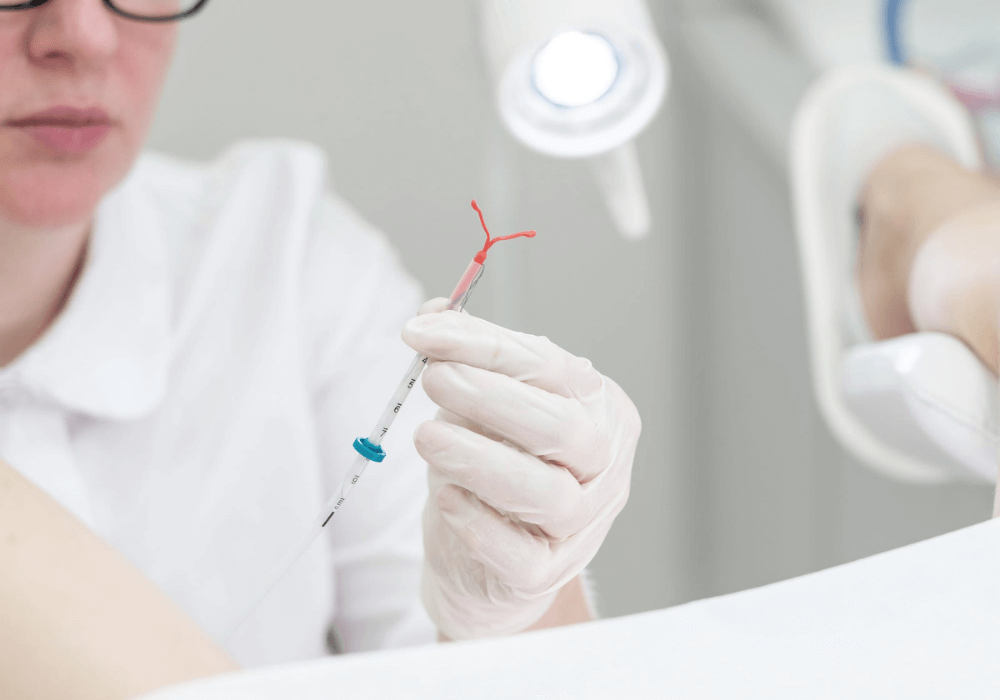What You Can Expect After IUD Removal

Intrauterine devices (IUDs) are a popular, long-term, reversible birth control method that boasts 99% effectiveness at preventing pregnancy. About 12% of women who are on birth control use an IUD.
Depending on the brand, IUDs can be left in to prevent pregnancy for three to 10 years. However, the IUD will need to be removed either because it’s about to expire, you want to try a different type of birth control, or you’re ready to get pregnant. Having an OBGYN remove the IUD is typically a very quick and simple process.
Leading up to the IUD removal
IUDs expire after three to 12 years, depending on the brand. While you don’t have to get it removed on the exact day it was inserted, you should not wait too long after. Do not delay removal for more than a few weeks without having a direct conversation with your doctor. Depending on the IUD, delaying removal beyond the recommended time frame can cause irregular bleeding, challenges in removal, and an increased chance of pregnancy.
You can schedule your IUD removal at any point in your menstrual cycle. The only preparation you need to do before having your IUD removed is scheduling the appointment. However, if you are prone to cramping or pain with your period, you can take an over-the-counter pain reliever one or two hours beforehand.
During the IUD removal
The removal process generally doesn’t take very long. During these procedures, the OBGYN will have the patient lie down on the exam table, similarly to how they would for a pelvic exam. The OBGYN will insert a speculum into the vagina, locate the string on the end of the IUD, and gently extract it. The process takes seconds and requires no anesthesia or other sedatives.
The woman may feel a bit of cramping as the IUD is extracted through the cervix, vagina and out of the body. Once it is out, the new IUD is placed right away if continued birth control is the patient’s goal.
After the IUD removal
After having an IUD removed, the woman may experience spotting; this is very common and not a cause for concern. She may also experience cramping for a few minutes afterward but this is typically resolved in a few minutes. If this is not the case, take ibuprofen or curl up with a heating pad. If you experience pain that doesn’t go away, contact your OBGYN.
Once the IUD is removed and/or replaced, you can immediately resume regular activities.
One important thing to note is that unless you are getting a new IUD put in at the same time, you will need to use another method of birth control right away to prevent pregnancy. This is because fertility returns to normal after the IUD is removed. This is good news for those eager to get pregnant as they can start trying to get pregnant the day the IUD is removed.
If you are looking to get an IUD removed or want more information on your birth control options, contact Mid-Atlantic Women’s Care.